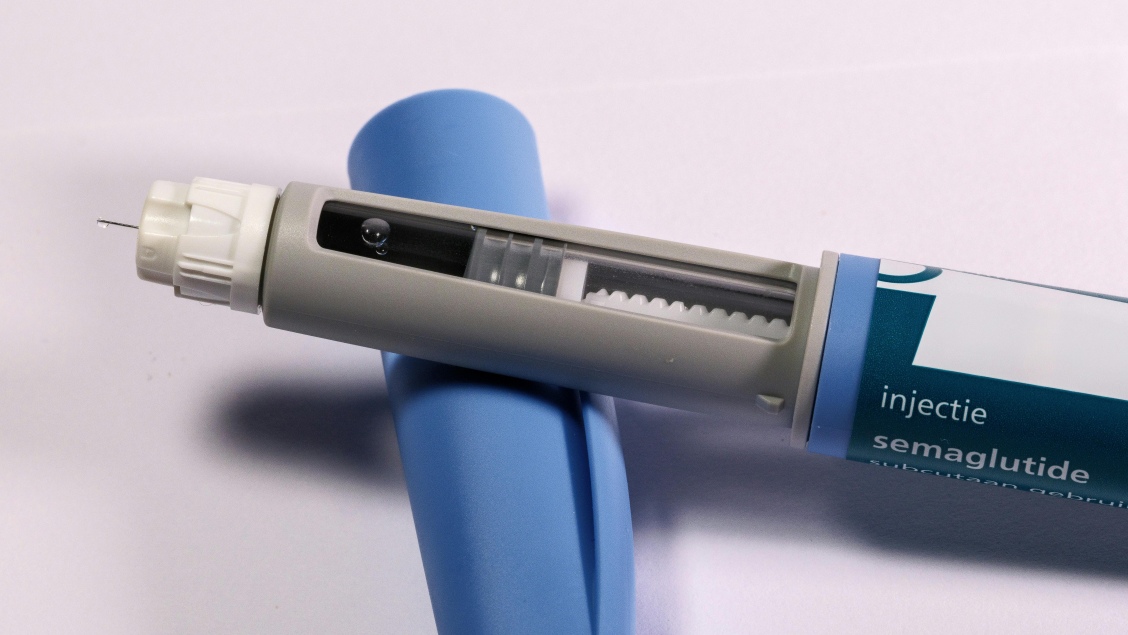
Ozempic May Protect Against Blindness Caused by Diabetes
A new study published in the Open Access journal Pharmaceutics by researchers from the National and Kapodistrian University of Athens finds a potential therapeutic application of glucagon-like peptide-1 receptor agonist (GLP-1RA) semaglutide, commonly referred to by its brand name Ozempic. They find that it may serve a protective function for skin and eye cells in individuals with diabetes.
Through analysis of the anti-inflammatory and wound healing properties of GLP-1RAs, the study presents preliminary results of other therapeutic uses of this diabetic medication, such as protection against diabetic retinopathy.
Diabetic retinopathy
Diabetic retinopathy refers to the damage of blood vessels in the retina caused by high blood sugar in individuals with type 1 or type 2 diabetes. This causes damage and changes to the blood vessels, such as bleeding and the formation of bulges. It can also result in the development of scar tissue and new blood vessels which are less efficient and leak easily. Such damage can lead to blindness.
“Diabetic retinopathy represents a major public health challenge. Globally, it is projected that over 191 million people will be affected by it by 2030, with around 56 million experiencing vision-threatening stages of the disease. These statistics underscore the critical need for effective screening, early detection, and, crucially, more effective treatments.” – Ioanna Anastasiou, National and Kapodistrian University of Athens, Greece, who led the research.
There are factors that can elevate the risk of an individual with diabetes developing diabetic retinopathy. This includes high blood pressure, high cholesterol, and having persistently high blood glucose levels.
There is currently no cure for the disease, but there are ways to reduce risk, such as closely monitoring glucose levels. The new research suggests that GLP1-RAs may also offer protection against diabetic retinopathy.
Semaglutide induces cell regeneration
Researchers analysed the anti-inflammatory and wound healing properties of GLP1-RAs. They did this by carrying out cell culture experiments on two different cell types. This included treating human dermal fibroblasts (connective tissue cells of the skin) and retinal endothelial cells (blood cells from the eye) with semaglutide at different concentrations.
To look at the anti-inflammatory effects of the drug, they measured oxidative stress markers in the cells treated with semaglutide and compared it to the untreated control. These markers included reactive oxygen species. They also analysed the levels of necrosis (accidental cell death) and apoptosis (programmed cell death).
The results showed that treated cells had significantly lower levels of oxidative stress markers and lower levels of both necrosis and apoptosis. This indicated increased cell survival. Furthermore, the expression of genes related to antioxidant production were amplified in treated cells compared to untreated cells.
GLP-1-receptor agonists exerted powerful antioxidant effects which protected retinal cells against the type of damage caused by diabetes. Furthermore, the treatment with the drug induced significant reduction in inflammatory molecules.
People with diabetes tend to have slower wound healing and, hence, struggle to repair injuries. struggle to repair injuries. The results showed that semaglutide supports wound healing, tissue repair and remodelling. This is demonstrated by the activation of key signalling pathways involved in the synthesis of cell’s structural architecture called the extracellular matrix.
Through these processes, the results support the conclusion that semaglutide promotes the cell regeneration of retinal and skin cells.
Further research on diabetes medication
More research is needed to test the clinical effectiveness of using GLP1-RAs to protect against diabetic retinopathy in individuals with diabetes. However, this preliminary study shows promising findings, highlighting the protective and regenerative function of semaglutide.
“Our study did not find that these drugs harmed the retinal cells in any way – instead, it suggests that GLP1-receptor agonists protect against diabetic retinopathy, particularly in the early stages.
Excitingly, these drugs may be able to repair damage that has already been done and so improve sight. Clinical trials are now needed to confirm these protective effects in patients and explore whether GLP-1 receptor agonists can slow, or even halt, the progression of this vision-robbing condition.” – Dr. Anastasiou.
Read more research on regenerative medicine in the Special Issue: Advances in Drug Delivery Systems for the Treatment of Chronic Wound Healing. Alternatively, access the full journal list, where all articles are free to access and read immediately.










